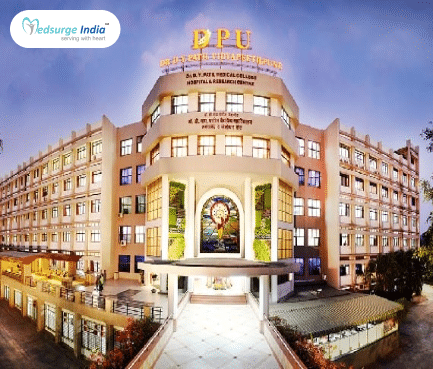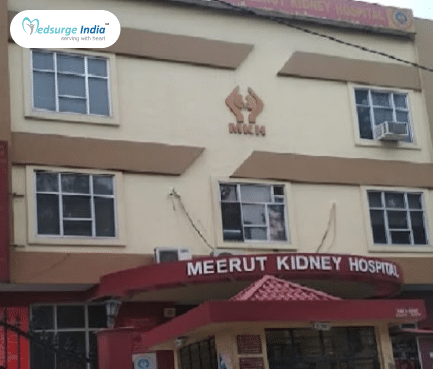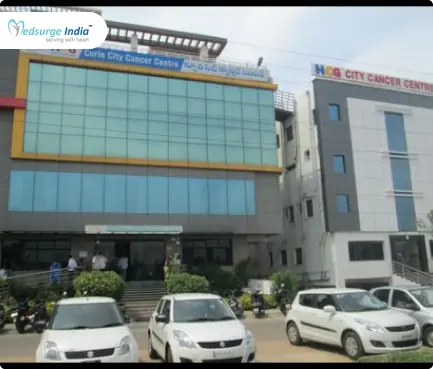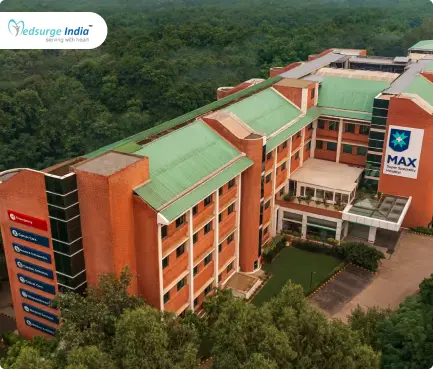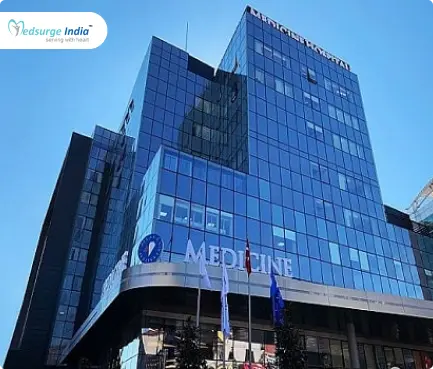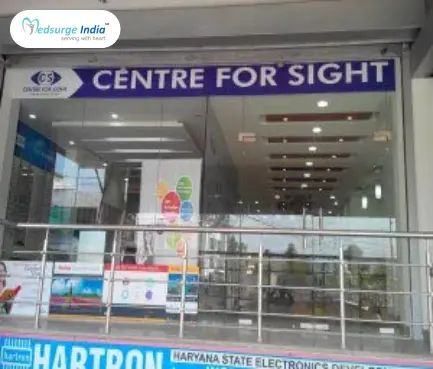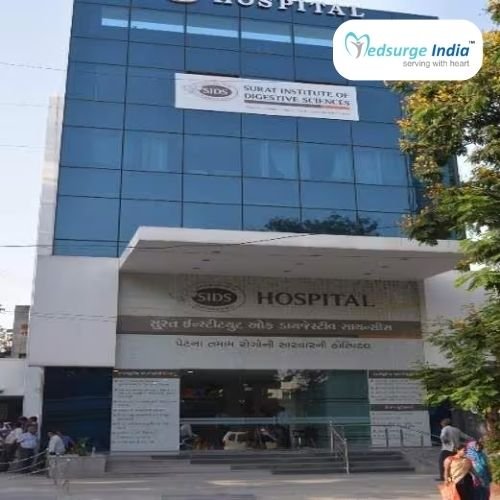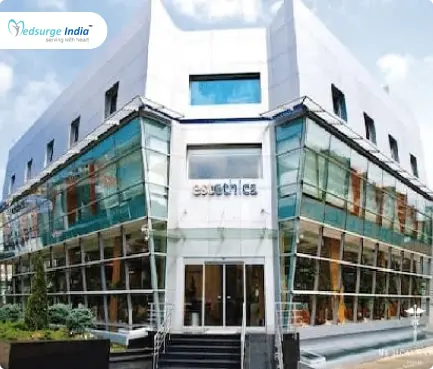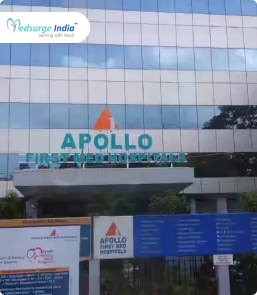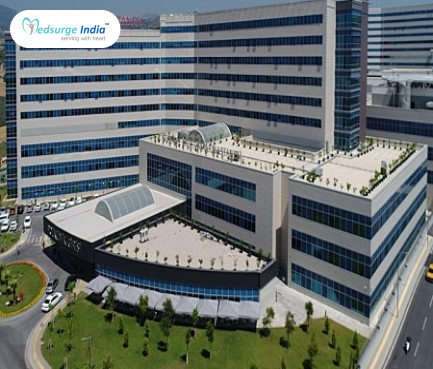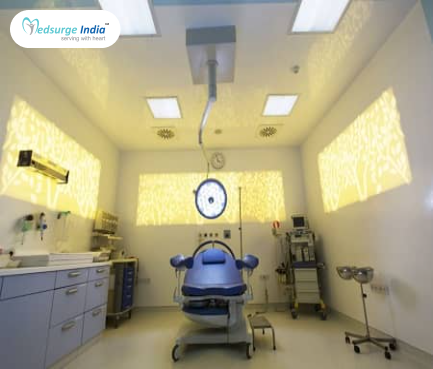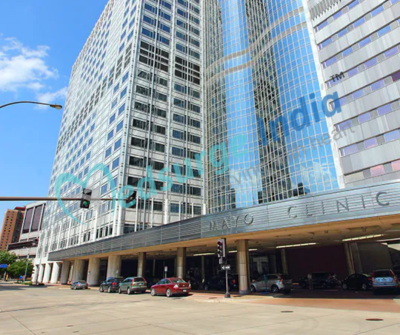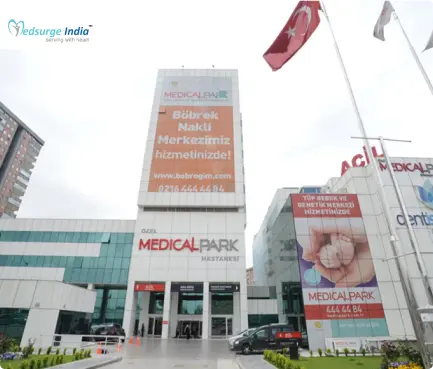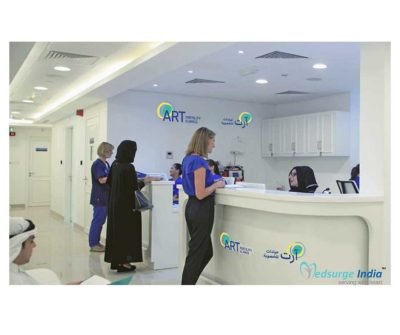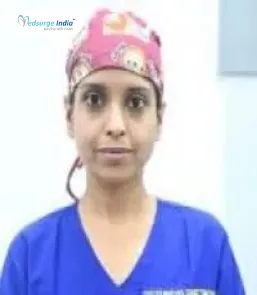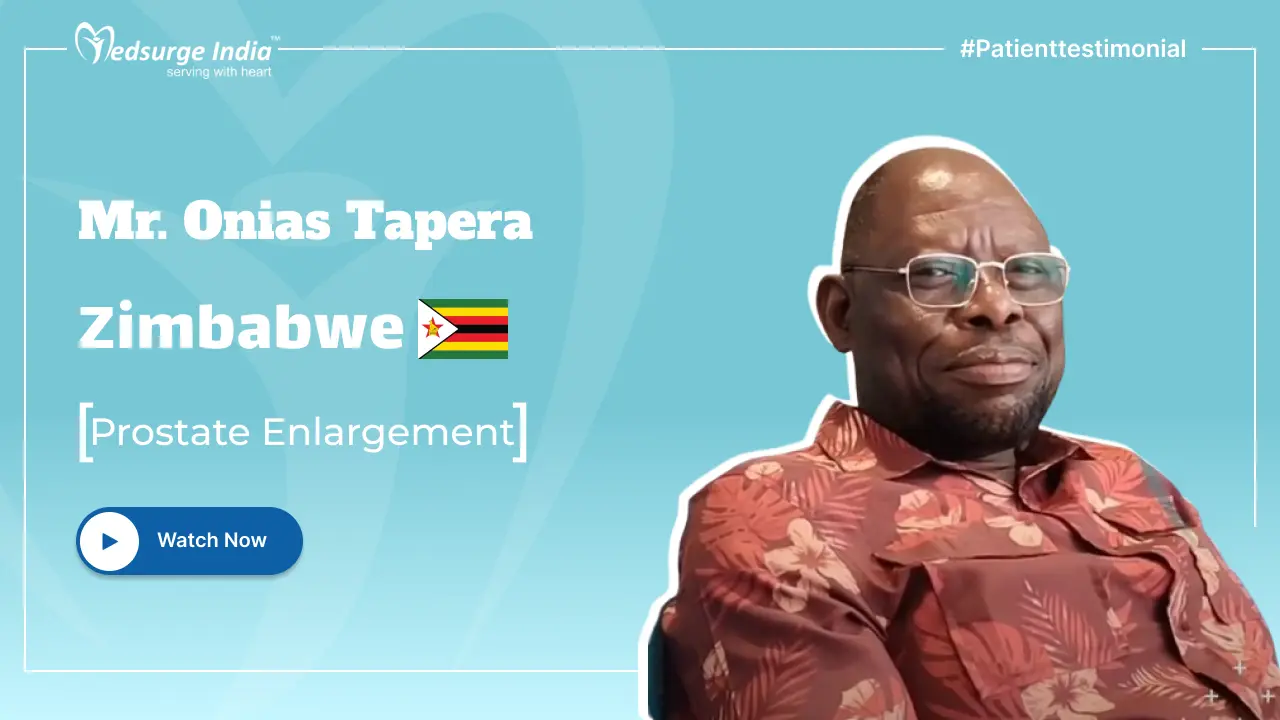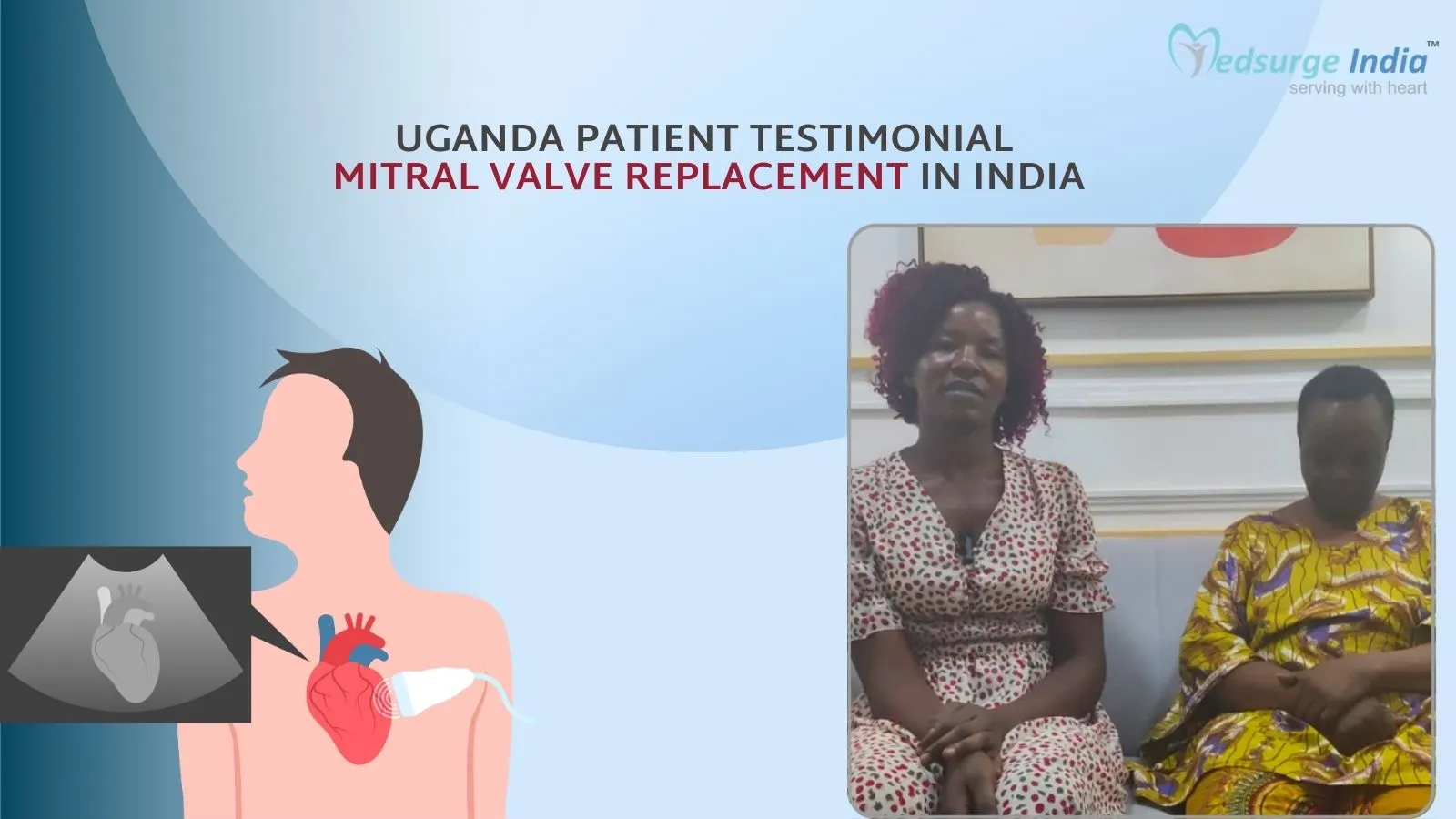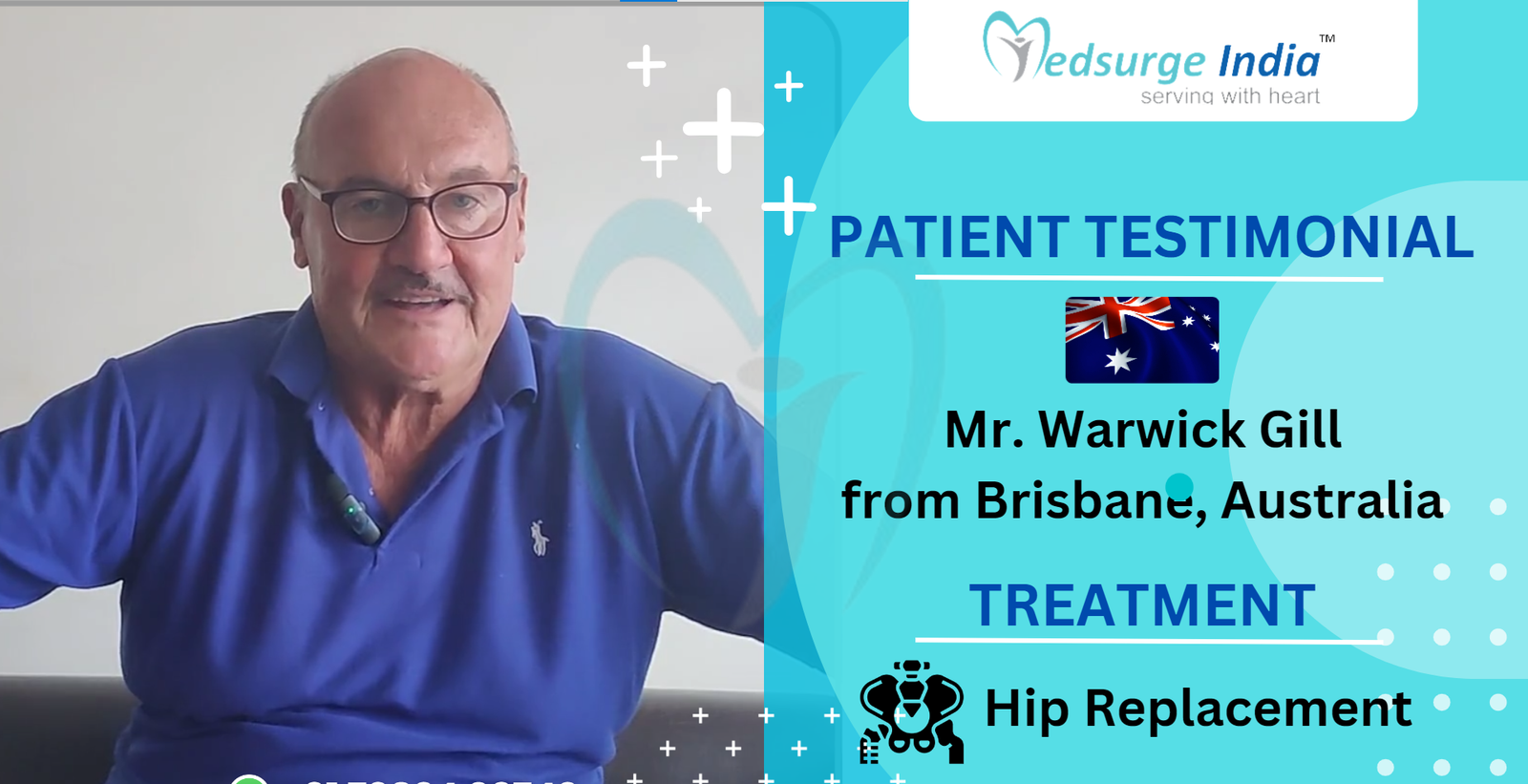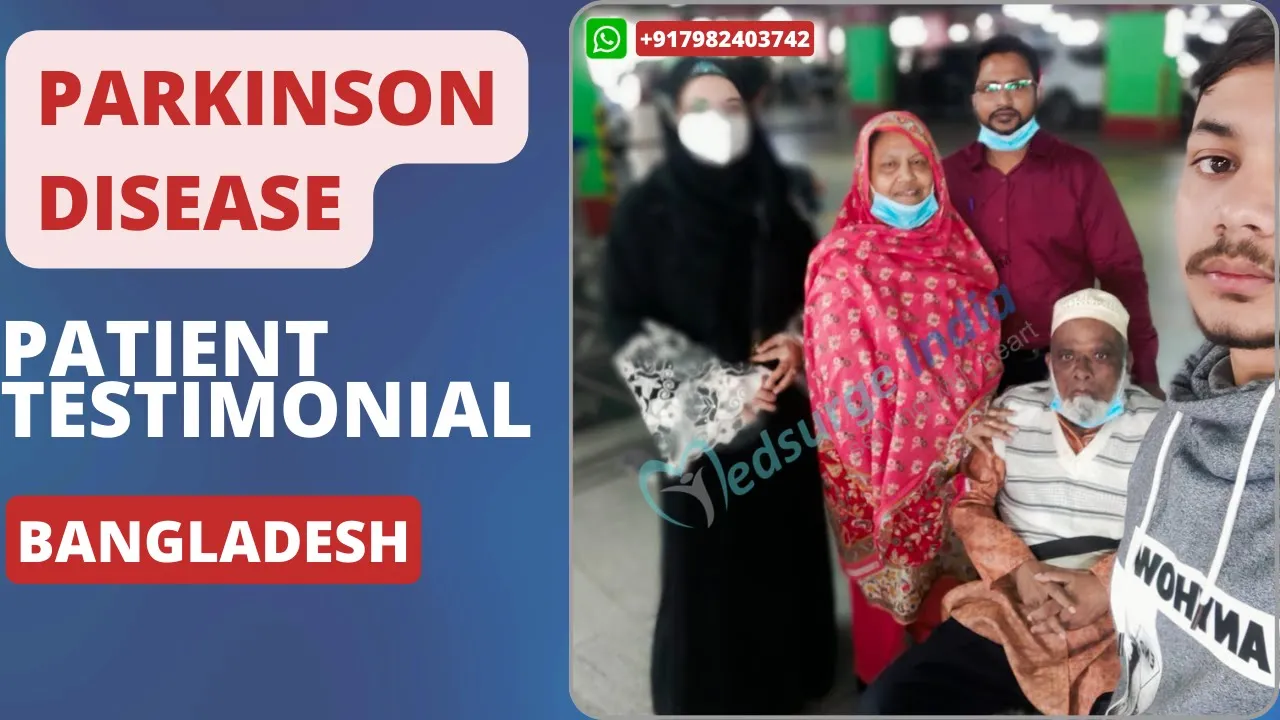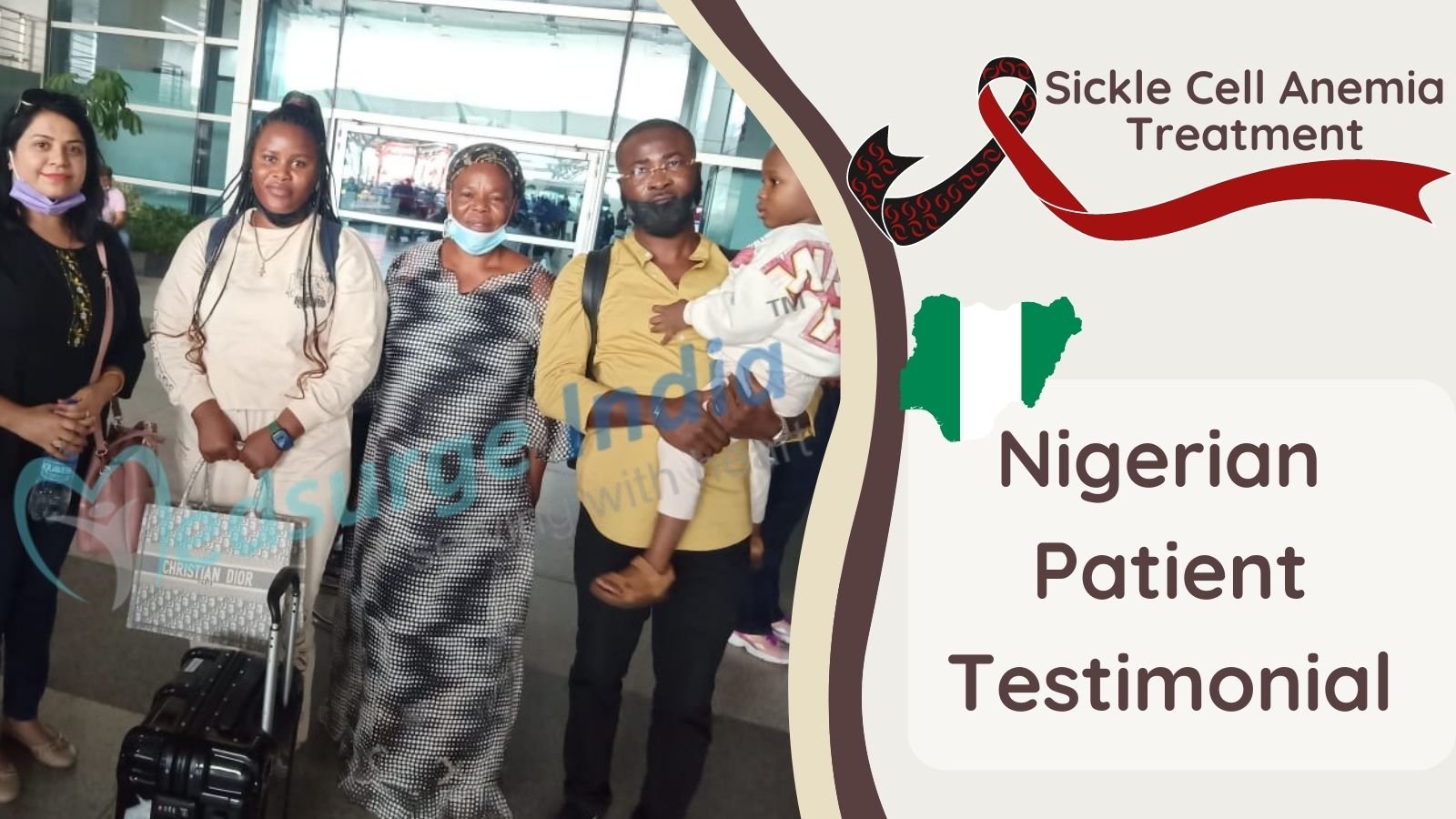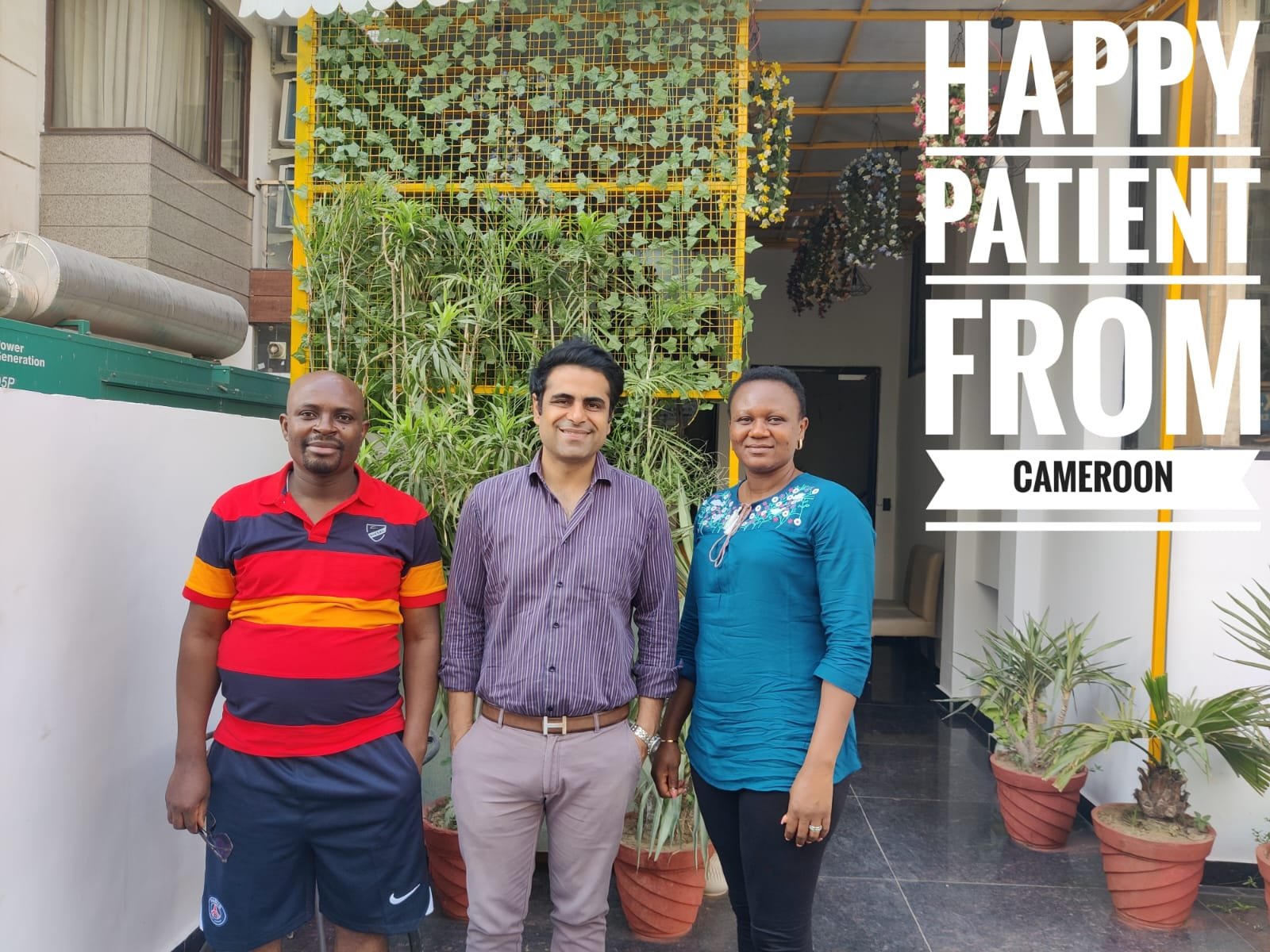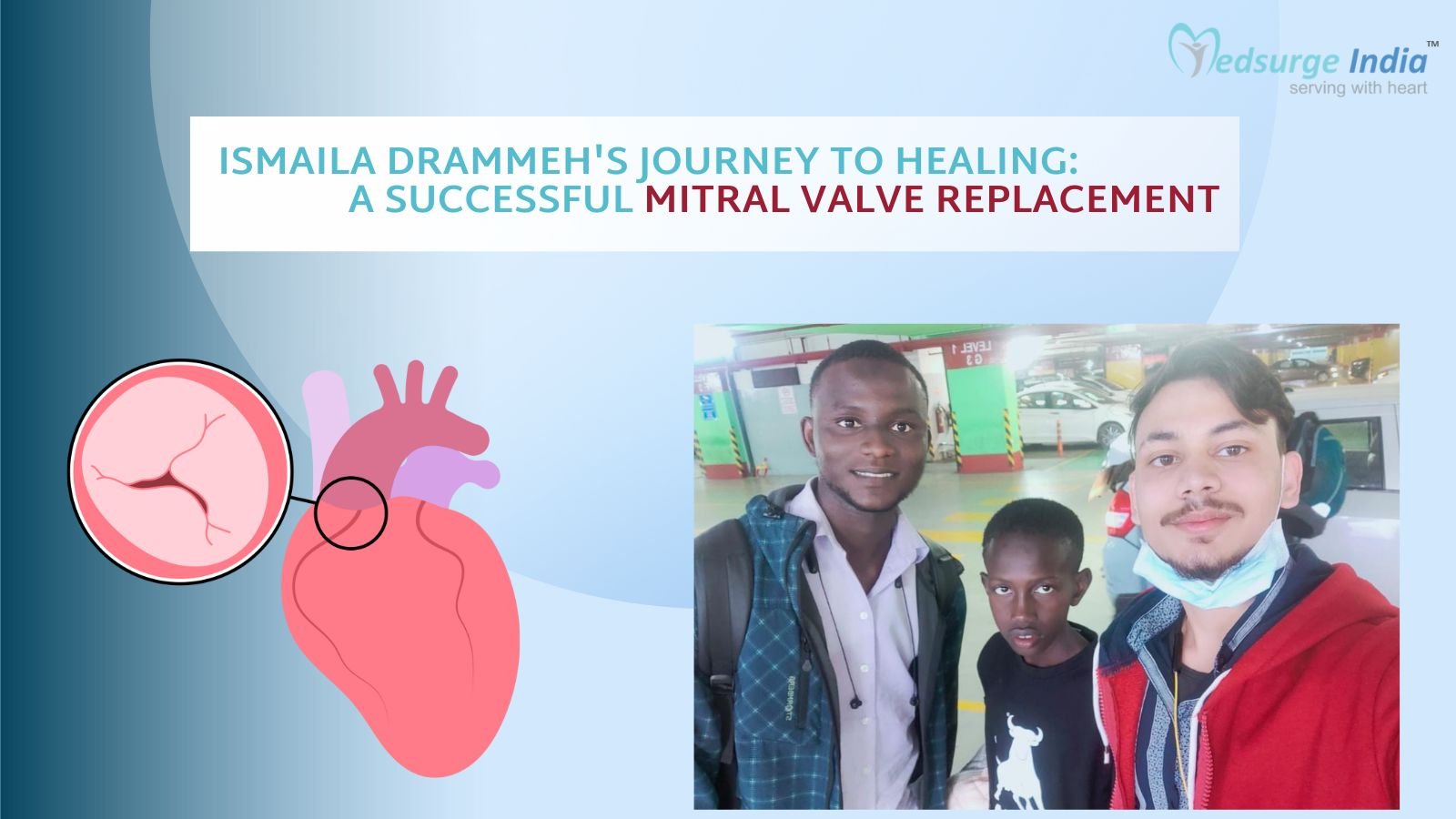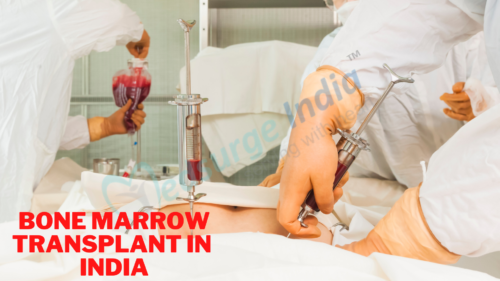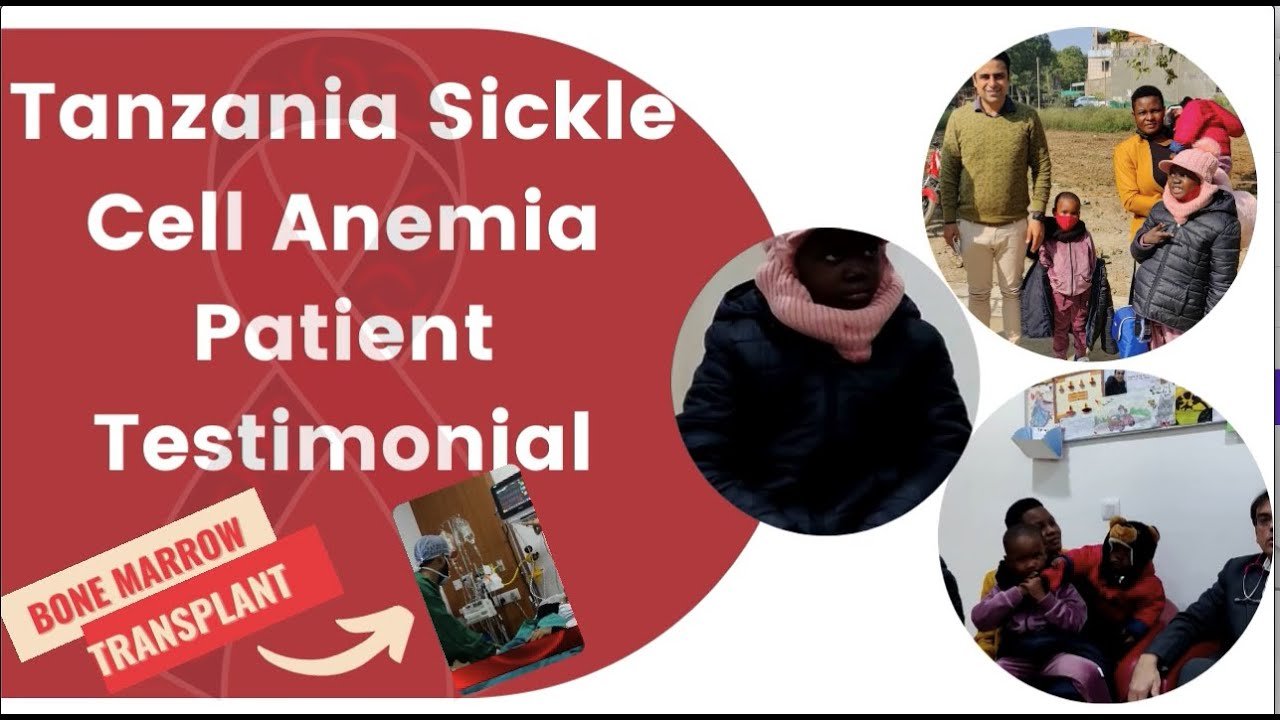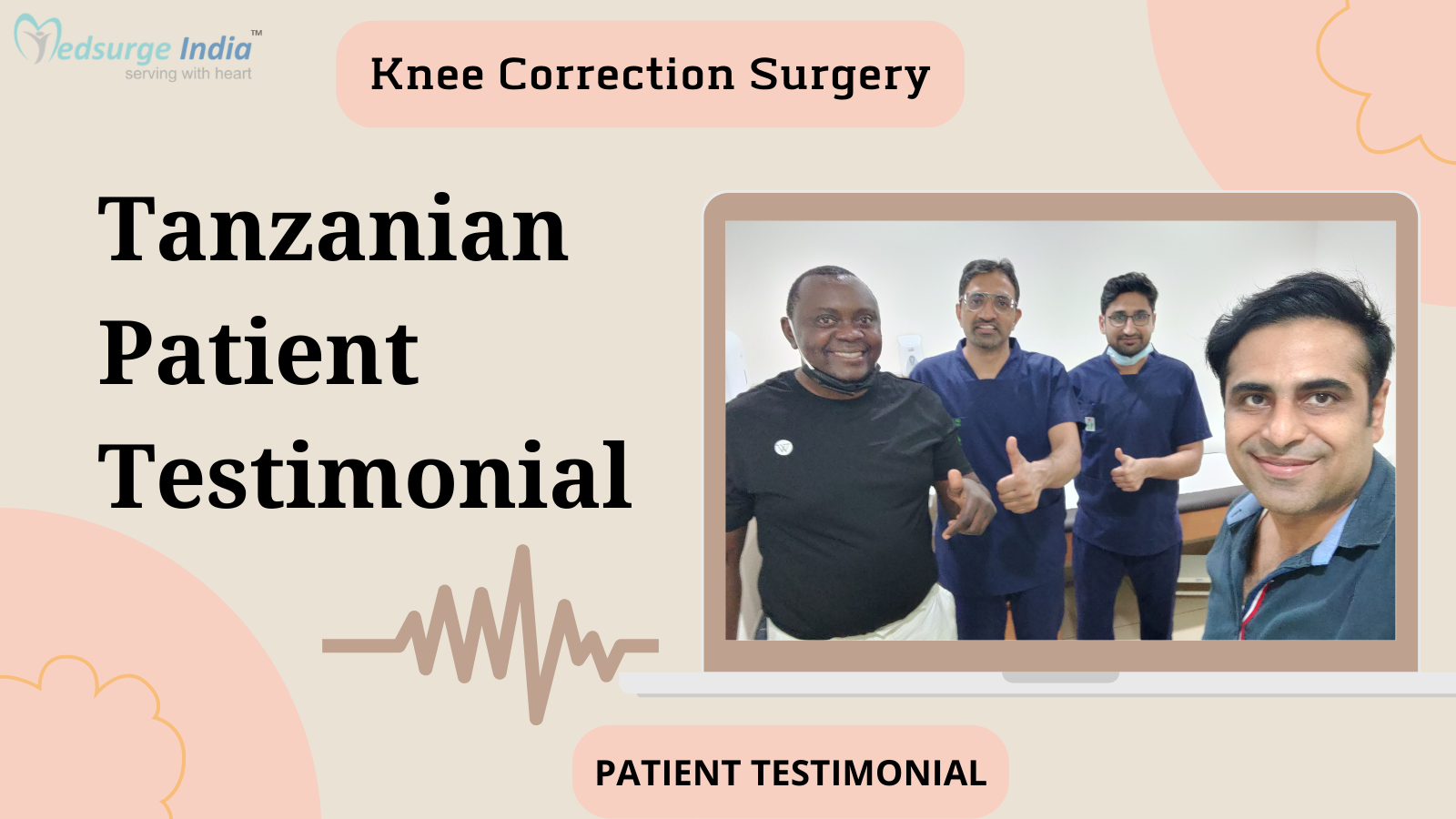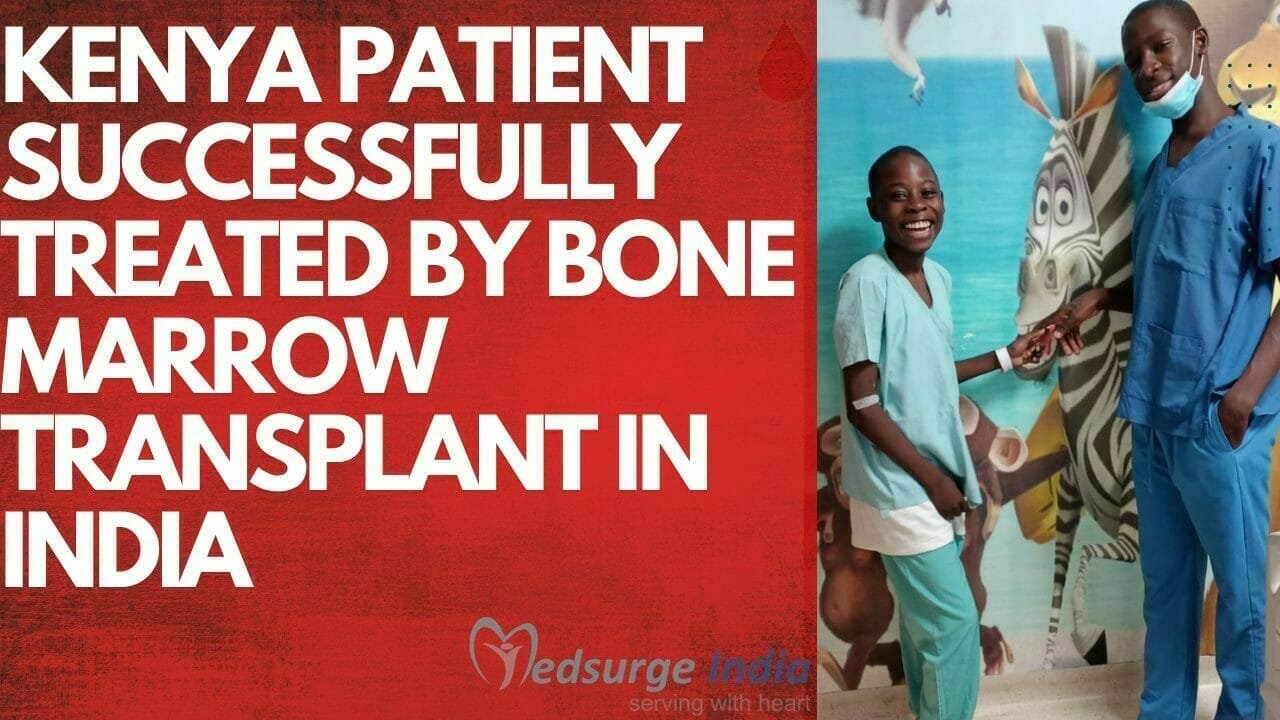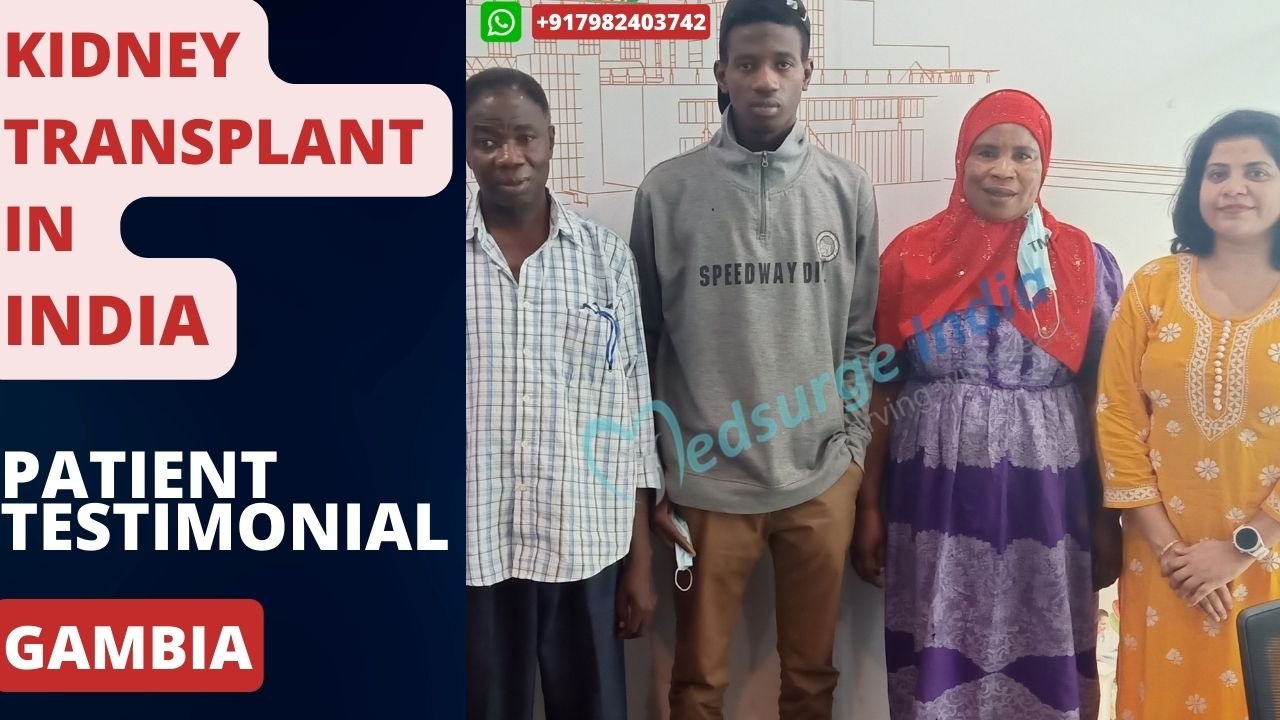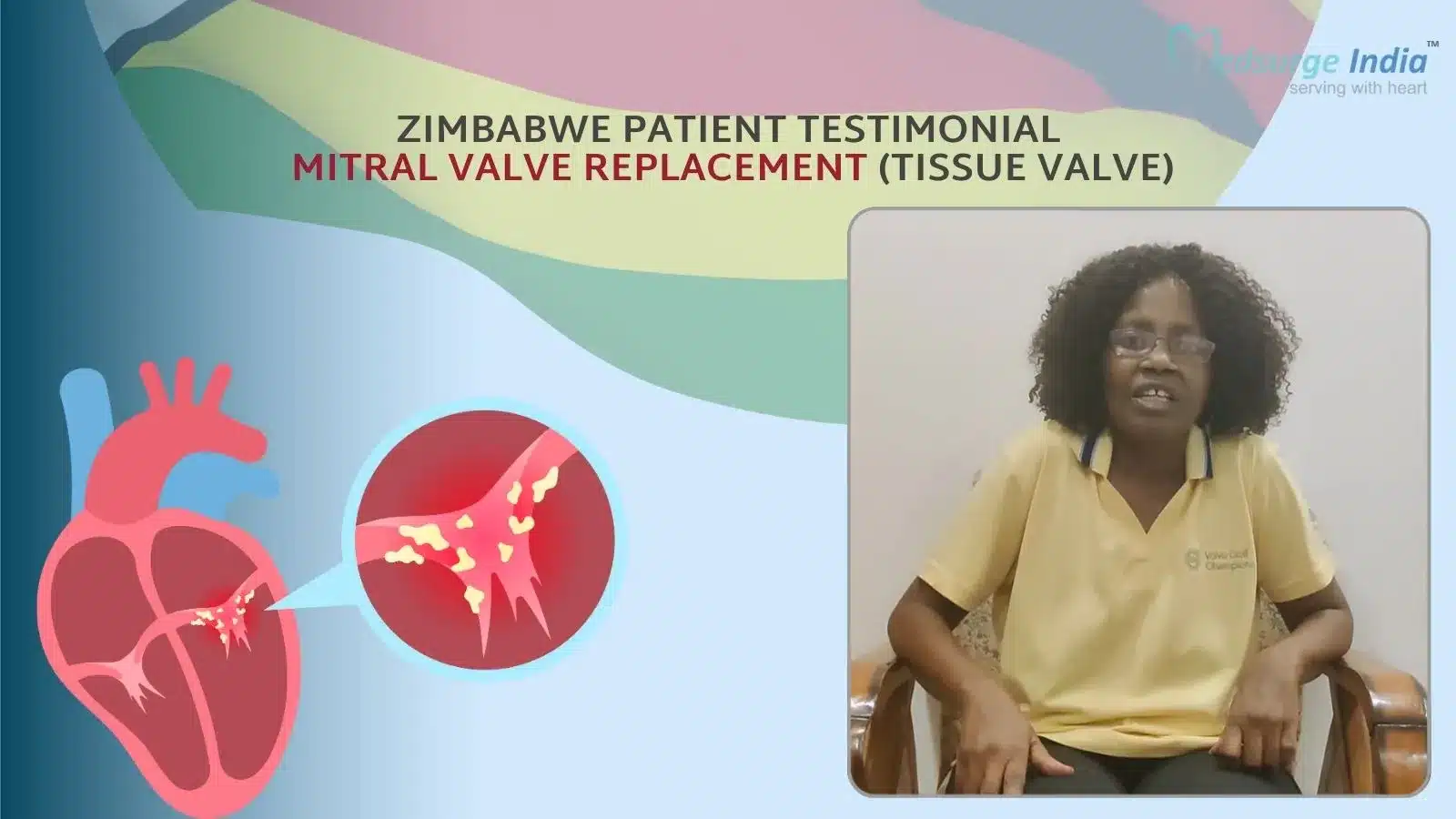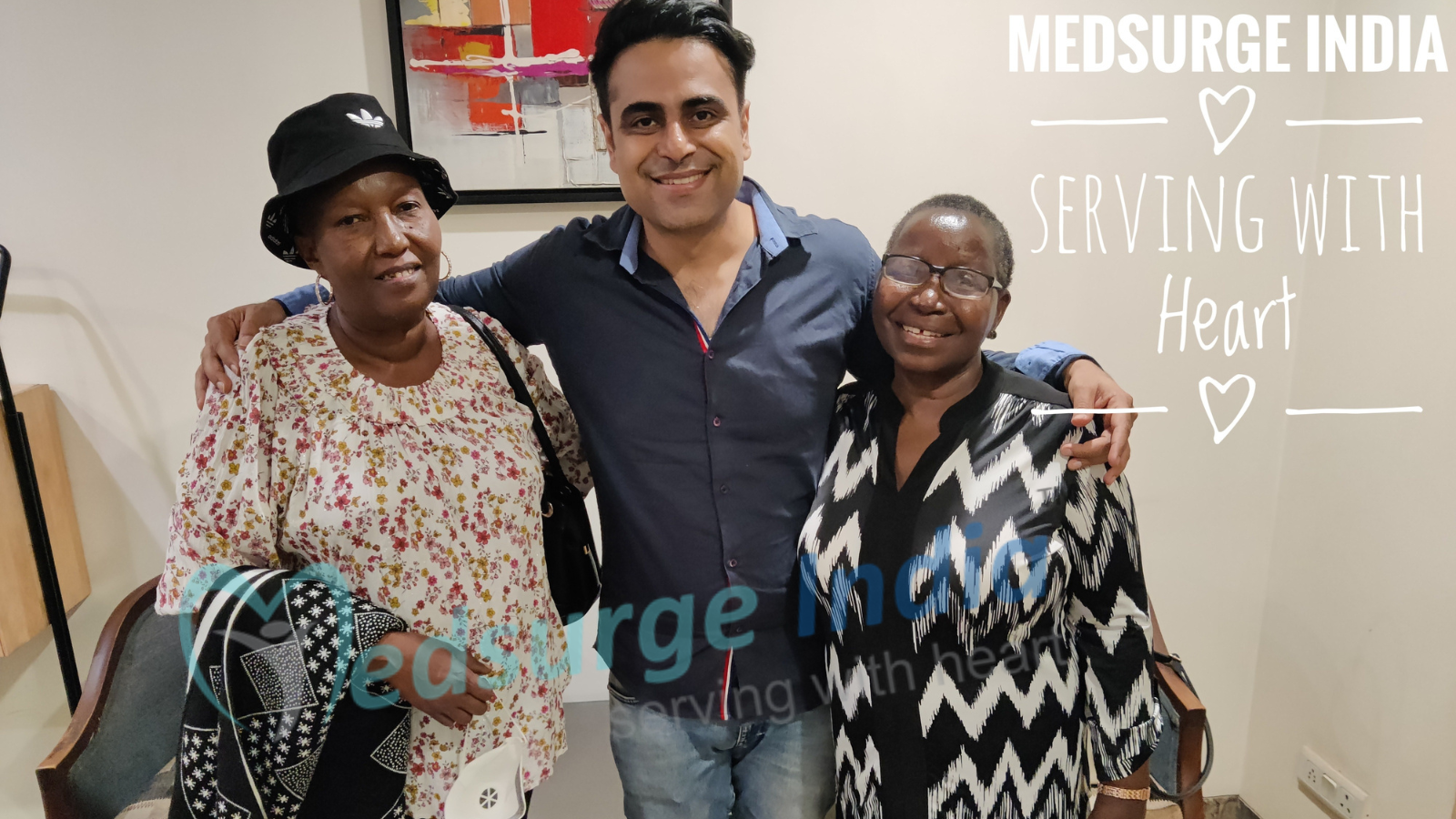
An inguinal hernia is an opening in the lymph nodes, inside the stomach or abdominal wall. It’s a widely occurring surgical dilemma found in children that also happens every time a protrusion of the thoracic cavity forms a tiny sac-like arrangement and extends through the inguinal ring to the groin. The inguinal ring opens during fetal life and shuts around the time of birth. Nonetheless, in an inguinal hernia, the ring doesn’t close and the little sac enables the abdominal muscles to likewise bulge in the groin region. In boys, there might be a loop of the gut while in women it might also incorporate the gut together with a bowel loop. At first, the hernia, resembles a swelling in the groin region, while it’s in a boy or a woman, and might afterward disappear, or could be present the majority of the time. After the child breeds the bulge may emerge and the fluid may discharge through the inguinal ring to the sac resulting in hydrocele.
Symptoms of Inguinal Hernia
- A bulge or swelling in the groin region signals a hernia. In boys, the scrotum can be swelled as a result of the inner organ or bowel loop entering it.
- The swelling can aggravate if the kid cries, coughs or sneezes.
- There may also be a nuisance that the groin area.
Diagnosis
Inguinal hernias occur both in girls and boys; they are, nevertheless, more prevalent in boys than girls. A hernia could be unnoticed for years because of their small dimensions, and might not be noticed till adolescent. Inguinal hernias are often discovered during routine physical examinations. These instances of inguinal hernias are congenital which are present from birth. Straining and crying and coughing may earn a hernia clearly clear, but these might not because of indigestion. Inguinal hernias in children aren’t exactly like hernias that adults can gain from straining or lifting.
Treatment
Inguinal hernias never go away without treatment. Surgical intervention is the only remedy that could possibly be accomplished the moment the kid is strong enough to withstand the operation. The physician’s advice concerning when the surgery could be performed is the very best for the kid. It’s the sole remedy as if the sac is left available, a loop of gut or a different organ might become trapped or incarcerated or strangulated from the sac.
Helpful – Rebuilding Body | Rebuilding Body Cells
Advantages of Surgery
- The operation gives relief from swelling
- Postoperative care is vital in both open and laparoscopic procedures of repair.
- Most processes require the individual to stay overnight and are often done on an outpatient basis.
- When a unilateral inguinal hernia is repaired laparoscopically using the final of contralateral opening, the danger of the growth of a metachronous hernia gets almost negligible which maybe 6-8%.
- Patients might be anticipated to resume normal activity within 48 hours post-surgery.
Types of Surgery
Inguinal Hernia repair may be Performed with Open Operation or Laparoscopically.
Open Hernia Repair:
A tiny incision will be made in the groin, along with the skin crease, and the hernia will be closed using sutures. In this procedure, there will be a separation of the hernia sac from the surrounding cord structures with muscles, testicular vessels around the ligament. The anesthesia, given to the patient during an open hernia repair, is usually local anesthesia in the abdomen with sedation; however, some patients may have
- Sedation Using a spinal block, Where anesthetics inject around the nerves in the spine, Which Makes the body numb from the waist down
- General anesthesia
- At the groin region, the surgeon makes an incision, persuasive hernia back in the stomach, and strengthens the abdominal wall with all stitches. The surgeon then strengthens the weak area using a synthetic mesh to offer extra support.
Laparoscopic Hernia Repair:
A laparoscope is placed through a tummy with an incision. The thoracic repair will be done with surgical tools and are inserted through tiny incisions in the lower part of the abdomen. The laparoscopic hernia repair is done by the physician under general anesthesia. This strategy can be carried out trans-peritoneally or via a pre-peritoneal using trans-peritoneal visualization.
- The surgeon makes a number of gymnastic incisions in the lower abdomen and inserts the laparoscope. The camera attached to the laparoscope catches and sends a magnified image from inside the body to a video monitor, giving the surgeon a close-up perspective of a hernia and surrounding tissues. The surgeon manages the repair procedure for a hernia with the usage of a synthetic net and viewing a video from the monitor.
- Trans-peritoneal: The umbilical interface is used to maneuver the Laparoscope. The heavy inguinal rings may hence be viewed obviously. Other tools are subsequently passed through precisely the exact same passage to keep the operation. This process will help to confirm the identification and scrutinize the contra-lateral aspect for the existence of a hernia. The heavy ring is then closed using an absorbable / non-absorbable suture as a handbag string or comparable.
- Pre-peritoneal: In this approach, a tiny incision is made from the thoracic area. A little hook carrying out a suture is passed around the ring, it’s passing being made visible with the support of an endoscope used in the umbilicus. The orifice of the hernia is subsequently closed by bringing together the ligature extra-corporally and linking it.
Get Free Cost Estimation
Procedure
Before Procedure
- The operation is done under general anesthesia which produces the patient sleep soundly throughout the operation.
- The nurse will provide appropriate eating and drinking directions according to the child’s age.
- Besides general anesthesia, caudal anesthesia can also be provided to the kid to have pain relief in the region beneath the waist area. The kid shouldn’t eat anything for at least half an hour to decrease the possibility of nausea and inhaling fluids.
- The operation takes between 30 minutes to 1 hour.
During Procedure
- A tiny incision is made in the groin. The hernia sac is identified. The protruding gut is placed back in proper position and the sac is eliminated.
- The muscular will then be fortified with stitches to avoid another hernia.
- The incision is closed with dissolving stitches. Tissue glue and strong tape which sticks to get 2 to 10 days are utilized to seal the surface of the incision.
After Procedure
- After the operation, the kids are going to have the ability to go home in a couple of hours. By comparison, kids or premature babies with medical conditions will need to spend one night at the hospital.
- Normally, the child will feel good again the day after surgery or from the following morning. Regular activities and eating habits might be resumed then.
- Maintaining the kid clean is essential for which a sponge bath is suggested. A day after the operation it is possible to use a moist towel to wash out the kid. Tub baths after the operation can be hard and maybe resumed only two days after the operation.
- The cassette covering the youngster’s incisions normally falls off after a while by themselves. Otherwise, they’ll be removed from the surgeon on the following visit.
- Pulling off these strips on your own isn’t suggested.
The Most Important Frequently Asked Questions
Q: How Do I Know If I Have Appendicitis?
A: You’ll start to see a pain that will start in the belly button region and slowly begin moving towards the lower right side of your stomach. This will be the principal sign of getting appendicitis. Other hints which May warn you about appendicitis are lack of appetite, nausea, and vomiting.
Q. Where Is the Pain of Appendicitis Felt?
A: The majority of the people today go through the pain at the center close to the belly button in the initial and then it moves into the lower right place that’s where the appendix is located. Some people Also Have reported that they believed that the pain in several Distinct areas like close to the groin, rear passing, etc.
Q: What Is the Nature of the Pain Felt?
A: The pain comes with a varying nature. It’ll definitely keep coming and going at first. But after some point, the seriousness will probably begin rising and it will get constant. Other symptoms such as vomiting and nausea may also follow.
Q. Can Appendicitis Result in Back Pain?
A: Yes, it is entirely possible to experience back pain while having appendicitis. As the appendix lies at the back of the colon, you may get to experience pelvic pain or lower back pain as well. Many patients have reported the same.
Q. Can Stress Lead to Appendicitis?
A: No research studies have managed to connect appendicitis and anxiety right. However, a study in the Journal of Psychosomatic Research revealed that depression and anxiety do have a part in creating GI symptoms.
Q: How Long Does it Take to Recover from an Appendectomy?
A: The healing period varies based on the kind of anesthesia and process utilized for your operation. Whether there are some complications like a ruptured appendix, the recovery period will be more than anticipated. A laparoscopic appendectomy won’t take a lot of time for retrieval and maybe discharged promptly. Individuals having an open operation might need to remain a couple of days at the hospital. You’ll have the ability to resume your daily tasks after the specified time supplied, but a complete recovery is going to take a couple of weeks.
Q. What Precautions to Take During the Recovery Time?
A: The physician will give you everything you will need to follow through the recovery interval. Ensure to have educated him/her about all of the prescription medications you really have been taking that will also consist of herbal medicines. Additionally, mention about allergies or medical conditions you have. Have someone who will drive you and treat you. Also, talk to your physician before you take any medicine on your own.
Q: What Complication May I Have After the Surgery?
A: Few of the complications Could Comprise; Stomach, Stomach Harm, intra-abdominal abscess, etc.
Top Hospitals for Pediatric Inguinal Hernia Repair in India
Top Doctors for General Surgery
Dr. Sachin Ambekar
Director
Experience: 23 years of experience
Minimal Access Smart Surgery Hospital (MASSH)
New Delhi, India
Dr. Ramesh Makam
Senior Consultant DNB, MBBS
Experience: 3 years of experience
Fortis Hospital, Bangalore (Cunningham Road)
Bangalore, India
Dr. Jignesh Ashwinbhai Gandhi
Consultant
Experience: 20 years of experience
Fortis Hiranandani Hospital, Vashi
Mumbai, India
Dr. Praveen Kumar P
Senior Consultant
Experience: 29+ years of experience
Sahyadri Narayana Multispeciality Hospital, Harakere, Shimoga
Shimoga, India
Dr. A K Sharma
Senior Consultant
Experience: 41 years of experience
Fortis Escorts Hospital Jaipur
Jaipur, India
Dr. Debojit Kumar Roy
Consultant
Experience: 31 years of experience
Ruby General Hospital, Kolkata
Kolkata, India
Dr. Salim J Thomas
Consultant
Experience: 46 years of experience
Apollo Cancer Hospital, Chennai
Chennai, India
Dr. Charu Dutt Arora
Associate Consultant
Experience: 6 years of experience
Millennium Cancer Center, Gurgaon
Gurgaon, India
Dr. Pankaj Kumar Sonar
Senior Consultant
Experience: 22+ years of experience
Medica Superspecialty Hospital, Kolkata
Kolkata, India
Dr. Ashish Kumar Mishra
Consultant
Experience: 12 years of experience
Apollo Medics Super Speciality Hospital, Lucknow
Lucknow, India
Dr. Shreya Bhattacharya
Senior Consultant
Experience: 16+ years of experience
Narayana Multispeciality Hospital, Andul Road, Howrah
Howrah, India

